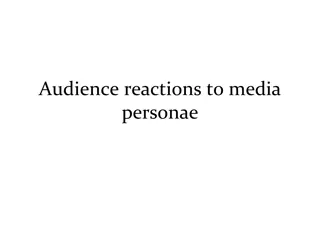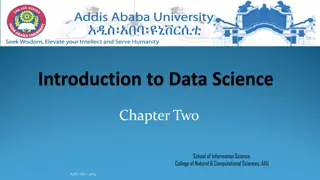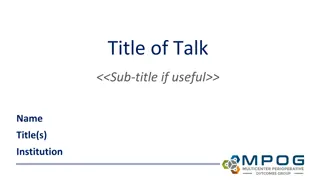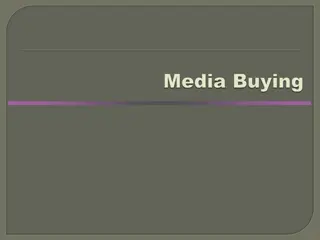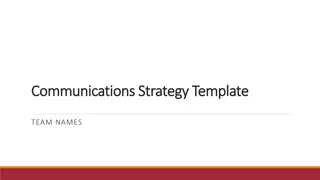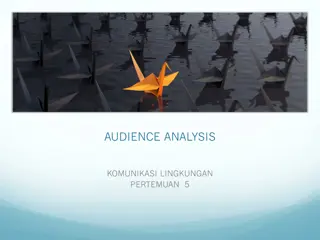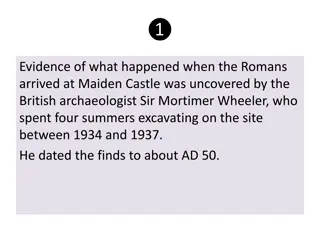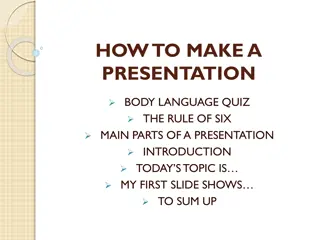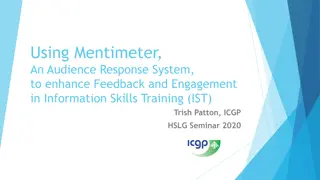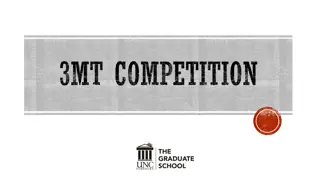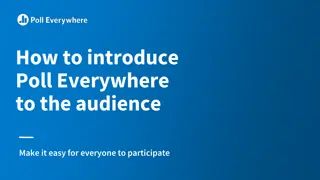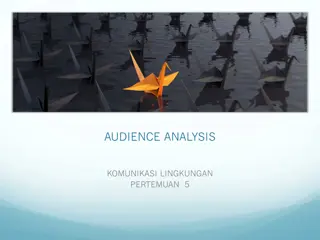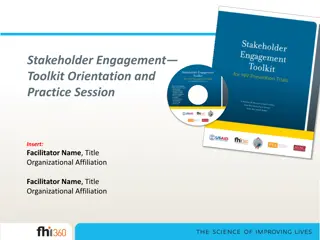Audience Analysis: Uncovering Key Insights for Engagement
Dive into the essential techniques of audience analysis to enhance communication strategies. Learn how to identify audience preferences, needs, and behaviors to tailor your message effectively. Discover the power of audience segmentation and targeting to maximize engagement and reach your communication goals successfully.
Download Presentation

Please find below an Image/Link to download the presentation.
The content on the website is provided AS IS for your information and personal use only. It may not be sold, licensed, or shared on other websites without obtaining consent from the author. Download presentation by click this link. If you encounter any issues during the download, it is possible that the publisher has removed the file from their server.
E N D
Presentation Transcript
Chapter 3 Audience Analysis
What is Audience Analysis The process of gathering information about the people in your audience so that you can understand their needs, expectations, beliefs, values, attitudes, and likely opinions.
Why Conduct Audience Analysis? 1. Allows to choose a worthwhile topic- noble, interesting, relevant. 2. Informs about audience disposition toward controversial topics 3. Allows to adapt your speech to audience needs 4. Informs about audience diversity 5. Helps to avoid offensive remarks Ethical language choices: a. Be accurate b. Be aware of emotional impact c. avoid hateful words d. be sensitive to the audience 1. Allows to deliver ethical speech: ethos (credibility)
Conducting Audience Analysis 1. Direct observation 2. Interviews and surveys a. Form questions that are directly related to your speech topic b. create and use a standard set of questions c. keep interviews and surveys short d. Don t rely on just a few respondents. 3. Focus groups 4. Existing data about your audience
Using Your Audience Analysis 1. Before speech a. Prepare content with your audience in mind b. be clear with your message 1. During speech a. make adjustments during the actual speech: use humor, raise your voice, pose questions, etc.










